More than half the cats and dogs in the U.S. are overweight or obese, which increases their risk for arthritis, high blood pressure, heart disease, diabetes, respiratory issues, and certain tumors, and can shorten their life expectancy. Like people, many factors—not only simple overfeeding—can cause your pet to gain weight. If your furry pal is packing on the pounds, take a moment to consider the potential causes.
#1: Your pet eats too much food
This one is common sense, right? If your pet takes in more calories than they’re burning, weight gain naturally follows. However, many pet owners follow the guidelines on the food bag, which often leads to overfeeding, because the instructions are designed for intact, moderately active pets, not the typical couch potato, or spayed or neutered pet. By adhering to the food bag instructions, you may be overfeeding your pet by as much as 61%—it’s no wonder your pet is packing on the pounds.
Solution: Ask Dr. Bahou at Alisos Animal Hospital to calculate your pet’s daily calorie requirement, whether it’s geared toward weight loss or maintenance. Once you know your pet’s daily calorie intake to maintain a healthy weight, divide the number by the calories found in an 8-ounce cup of dry kibble, or a can of wet food. Then, split that amount into two or three meals per day, leaving 10% of your pet’s daily intake for treats.
#2: Your pet’s treat intake is more than 10% of their daily calorie allotment
We are all guilty of dishing out too many treats to those begging puppy eyes. Whether it’s a handful of potato chips for a midnight snack, an overload of training treats, or a variety of long-lasting chews when you head to work, your furry pal may be eating too many treats, which should comprise no more than 10% of their daily calorie allotment.
Solution: If you know you will be training your pet for a lengthy period, cut back on their normal meal portions that day. Or, if you’re going to load up the Kong with all sorts of goodies, to entertain your pet while you run errands, decrease their daily kibble.
#3: Your pet is a couch potato
Although snuggling with your fluffy pal on the couch is wonderful, daily exercise, along with joint and cardiovascular health, is a must for maintaining an ideal weight. If your pet is not active every day, they will likely take in many more calories than they are burning.
Solution: Strive for a solid 15 to 30 minutes of physical activity per day with your pet. Whether it’s an intense game of fetch, or a hike down a newly discovered trail, you and your pup can easily get in a good sweat session. Encouraging your cat to be active can be more challenging, especially if they are older and overweight. Try enticing your cat to discover their inner kitten with fishing pole toys, feather wands, laser lights, or interactive, robotic mice.
#4: Your pet is getting older
As your pet ages, they’ll likely slow down and be less active, but don’t give up on daily exercise. Older pets can gain weight for a number of reasons, including slowing metabolism, lack of exercise, improper diet, and underlying health issues. Your furry pal may also seem stiff and uncomfortable because of arthritis, but we can help alleviate the pain, and get them moving again.
Solution: Switch up your senior pet’s exercise routine to low-impact activities like slow strolls, or swimming. Supplements can help improve their joint performance and comfort, while the proper diet for their life stage ensures their body gets the necessary nutrients.
#5: Your pet has a metabolic disorder or other illness

Pets commonly develop a variety of illnesses that can lead to allover weight gain, or a pot-bellied appearance. Some more frequently encountered issues include:
- Cushing’s disease
- Hypothyroidism
- Intestinal parasites
- Heart disease
- Gastric bloat
- Abdominal tumors
Solution: If your pet appears to be gaining weight, whether slowly or rapidly, schedule a check-up with Dr. Bahou.
How to tell if your pet is overweight
You should find these landmarks if you look closely at, and gently feel, your pet:
- From above, you should see a noticeable waist, and feel an indentation through the fur.
- From the side, your pet’s belly should tuck up leading to the hind legs, with no sagging house-cat pooch.
- You should feel your pet’s ribs when you press firmly on their sides.
If you’re struggling to determine if your pet is overweight or merely fluffy, stop by our Alisos Animal Hospital for help evaluating your four-legged friend’s body condition score. For pets on a diet plan, feel free to drop by any time to weigh in. However, if your pet is unexpectedly gaining weight, or you’re struggling with their diet plan, call us to schedule an appointment.


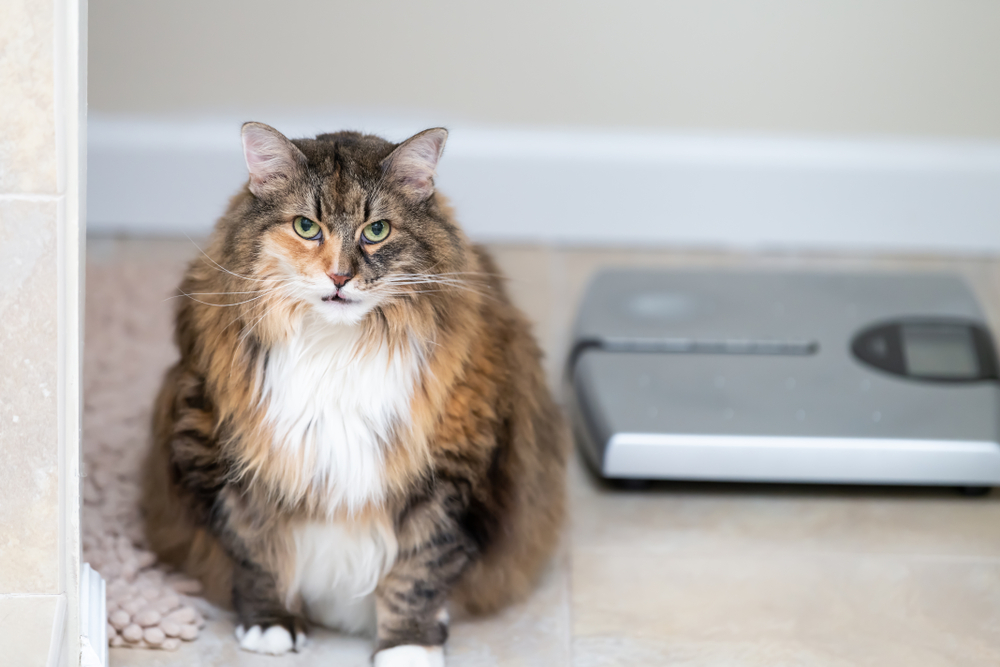
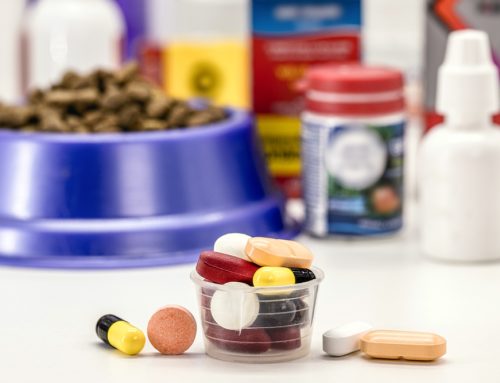
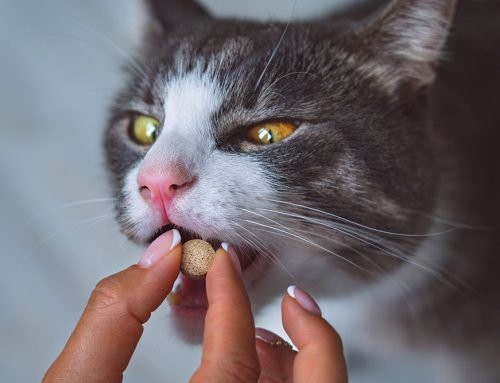
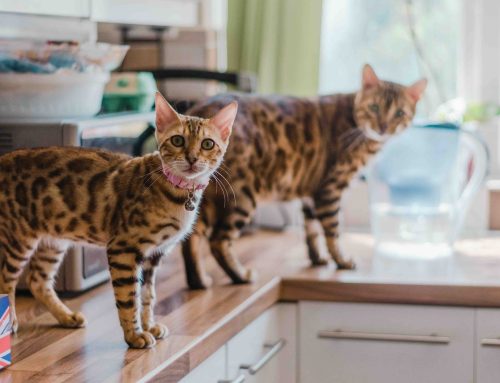
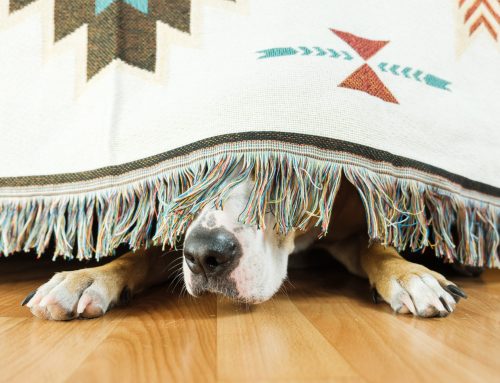

Leave A Comment